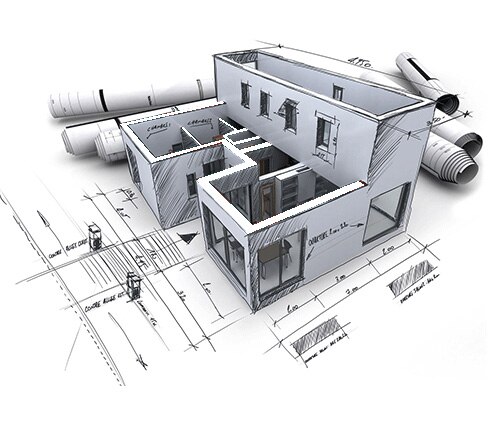


Architectural BIM services streamline design and construction, enhancing collaboration and efficiency.
[Auckland, 2025] — As the construction and architecture industries continue to evolve in the digital age, Building Information Modeling (BIM) has emerged as a transformative technology that is redefining the way buildings are designed, constructed, and maintained. Architectural BIM services are at the forefront of this revolution, providing innovative solutions that enhance collaboration, improve accuracy, and promote sustainability in building projects worldwide.
Architectural BIM involves the creation of highly detailed, intelligent 3D digital models that encapsulate every facet of a building’s design, including geometry, spatial relationships, geographic information, and embedded data such as material specifications and performance metrics. This comprehensive digital twin acts as a centralized source of truth, enabling seamless collaboration across multidisciplinary teams throughout the entire project lifecycle.
The adoption of BIM is accelerating globally, driven by government mandates, industry standards, and client demand for transparency and efficiency. Governments in countries like the UK, Singapore, and South Korea now require BIM for public infrastructure projects, setting a precedent that industry stakeholders worldwide are following.
According to a recent report by Markets, the global BIM market is expected to grow from USD 6.7 billion in 2022 to USD 15.5 billion by 2027, at a Compound Annual Growth Rate (CAGR) of approximately 18%. This growth underscores the increasing reliance on digital tools to address complex design challenges and environmental concerns.
While BIM offers numerous benefits, its successful implementation requires investment in technology, training, and process reengineering. Smaller firms may face barriers related to cost and expertise; however, as software becomes more accessible and industry standards evolve, widespread adoption is anticipated.
The future of Architectural BIM is poised to integrate emerging technologies such as Artificial Intelligence (AI), Virtual Reality (VR), Augmented Reality (AR), and the Internet of Things (IoT), further enhancing design precision, visualization, and building management.
BIM enhances the presentation of architectural concepts through photorealistic renderings, virtual walkthroughs, and augmented reality experiences. These visualization tools enable clients and stakeholders to better understand the design intent, provide feedback, and make informed decisions early in the process, reducing revisions and fostering client satisfaction.
Integration of BIM with 4D scheduling tools allows project managers to simulate construction sequences over time. This helps in identifying potential bottlenecks, optimizing resource allocation, and improving site logistics. The result is more predictable project timelines and reduced delays.
BIM models facilitate accurate and automated extraction of material quantities, enabling precise cost estimation. This reduces reliance on manual calculations, minimizes errors, and provides real-time updates as designs evolve, leading to better budget control.
Prefabrication benefits significantly from BIM by enabling detailed shop drawings and precise component manufacturing. Modular construction techniques, supported by BIM, reduce on-site labor, increase quality control, and shorten construction durations.
Digital models streamline the permitting process by providing comprehensive documentation that meets local building codes and standards. Automated code checking features ensure designs adhere to legal requirements, reducing approval times.
Advanced BIM tools allow for environmental performance analysis, including energy modeling, daylight analysis, and thermal comfort simulations. These insights help architects design buildings that are energy-efficient, environmentally friendly, and compliant with certifications like LEED, BREEAM, and WELL.
Post-occupancy, BIM models serve as digital twins for ongoing building operations. Integrating BIM with IoT sensors enables real-time monitoring of systems, predictive maintenance, and efficient space utilization, leading to reduced operational costs.
While BIM offers extensive benefits, challenges such as high initial costs, lack of skilled personnel, and resistance to change can hinder adoption. Solutions include investing in training programs, phased implementation strategies, and choosing scalable BIM platforms that evolve with project needs.
Offshore Outsourcing India is a leading innovator in Architectural BIM services, committed to delivering cutting-edge digital solutions tailored to the needs of architects, contractors, and developers. With a team of highly experienced BIM specialists, state-of-the-art software, and a focus on sustainability,
Contact us:
Offshore Outsourcing India
+9193270 01952
[email protected]
